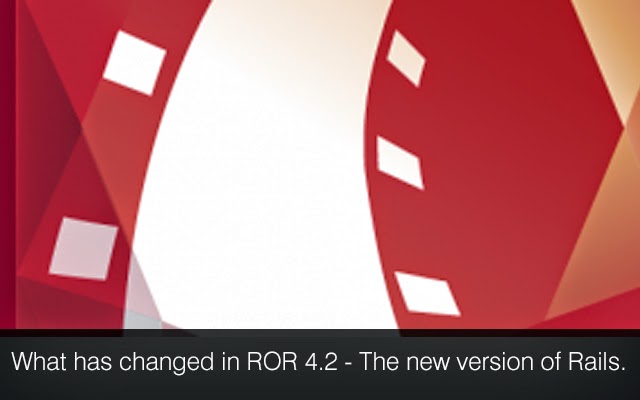

- #RUBY RUNNER RAILS INSTALL#
- #RUBY RUNNER RAILS CODE#
- #RUBY RUNNER RAILS PASSWORD#
- #RUBY RUNNER RAILS FREE#
Replace with the deploymentLocalGitUrl value from app creation. az webapp config appsettings set -name -resource-group myResourceGroup -settings DEPLOYMENT_BRANCH='main'īack in the local terminal window, add an Azure remote to your local Git repository. In the Cloud Shell, set the DEPLOYMENT_BRANCH app setting with the az webapp config appsettings set command. Since you're deploying the main branch, you need to set the default deployment branch for your App Service app to main (see Change deployment branch). The URL of the Git remote is shown in the deploymentLocalGitUrl property, with the format Save this URL as you need it later. You've created an empty new web app, with Git deployment enabled. Local git is configured with url of "Normal",

When the web app has been created, the Azure CLI shows output similar to the following example: az webapp create -resource-group myResourceGroup -plan myAppServicePlan -name -runtime 'RUBY|2.7' -deployment-local-git To see all supported runtimes, run az webapp list-runtimes -os linux. In the following example, replace with a globally unique app name (valid characters are a-z, 0-9, and -). In the Cloud Shell, you can use the az webapp create command. "id": "/subscriptions/0000-0000/resourceGroups/myResourceGroup/providers/Microsoft.Web/serverfarms/myAppServicePlan",Ĭreate a web app in the myAppServicePlan App Service plan. When the App Service plan has been created, the Azure CLI shows information similar to the following example:
#RUBY RUNNER RAILS FREE#
The following example creates an App Service plan named myAppServicePlan in the Free pricing tier: az appservice plan create -name myAppServicePlan -resource-group myResourceGroup -sku FREE -is-linux In the Cloud Shell, create an App Service plan with the az appservice plan create command. When the command finishes, a JSON output shows you the resource group properties.

You generally create your resource group and the resources in a region near you. az group create -name myResourceGroup -location "West Europe" To see all supported locations for App Service on Linux in Basic tier, run the az appservice list-locations -sku B1 -linux-workers-enabled command. The following example creates a resource group named myResourceGroup in the West Europe location. In the Cloud Shell, create a resource group with the az group create command. For example, you can choose to delete the entire resource group in one simple step later. Create a resource groupĪ resource group is a logical container into which Azure resources, such as web apps, databases, and storage accounts, are deployed and managed.
#RUBY RUNNER RAILS PASSWORD#
Record your username and password to use to deploy your web apps. Details: 400 error, use a stronger password. The JSON output shows the password as null.
#RUBY RUNNER RAILS CODE#
Paste the code or command into the Cloud Shell session by selecting Ctrl+ Shift+ V on Windows and Linux, or by selecting Cmd+ Shift+ V on macOS. Select the Copy button on a code block (or command block) to copy the code or command. Select the Cloud Shell button on the menu bar at the upper right in the Azure portal. Go to, or select the Launch Cloud Shell button to open Cloud Shell in your browser. Selecting Try It doesn't automatically copy the code or command to Cloud Shell. Select Try It in the upper-right corner of a code or command block.
#RUBY RUNNER RAILS INSTALL#
You can use the Cloud Shell preinstalled commands to run the code in this article, without having to install anything on your local environment. You can use either Bash or PowerShell with Cloud Shell to work with Azure services. Azure Cloud ShellĪzure hosts Azure Cloud Shell, an interactive shell environment that you can use through your browser. You will not need to install these if you are using the Cloud Shell. If you are running the sample code locally, you will need:


 0 kommentar(er)
0 kommentar(er)
